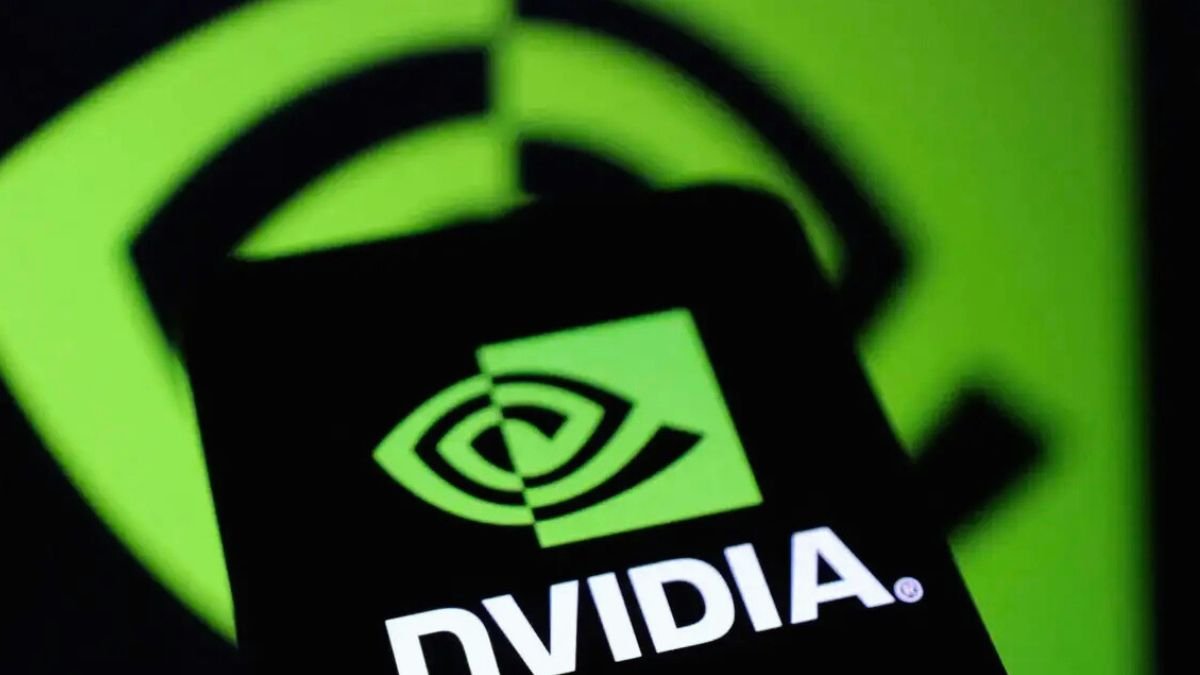Beyond Nvidia: The Eight Surprising Contenders in the Race to a $5 Trillion Market Cap
While Nvidia's meteoric rise captivates Wall Street, historical data suggests the market's top company often underperforms, opening the door for other tech giants to claim the next major valuation milestone first.

NEW YORK – As Nvidia (NVDA) solidifies its position as a $4 trillion titan, Wall Street’s gaze is already fixed on the next monumental target: a $5 trillion market capitalization. While many analysts are betting on the AI chip leader to win that race, a deeper look at market history suggests a more surprising outcome may be on the horizon.
According to analysis from Mark Hulbert, a seasoned contributor to MarketWatch, the odds may not be in Nvidia’s favor. The reason is a well-documented market trend: the largest companies by market cap tend to underperform the broader market after reaching the top.
This phenomenon, often called the “curse of the top stock,” is rooted in the principle of creative destruction that drives a capitalist economy. Market leaders of one era are inevitably overtaken by the innovators of the next. Hulbert points to a historical pattern of leadership changes, from IBM in the 1980s, to General Electric in the 1990s, Exxon Mobil in the 2000s, and more recently, Apple.
To illustrate this, Hulbert constructed a hypothetical portfolio that, since 1980, invested annually in the market’s largest company. The result? This portfolio lagged the S&P 500 by an average of four percentage points per year, demonstrating that betting on the reigning champion is historically a losing strategy.
This raises a critical distinction for investors: a good company is not always a good stock. “There’s little doubt that Nvidia will continue to grow and be profitable,” Hulbert notes. “But that doesn’t mean its stock will perform well, since to do that the company must grow even faster and become even more profitable than what investors already expect.”
With such immense optimism already priced into Nvidia’s stock, exceeding those sky-high expectations is what Hulbert calls a “tall order.”
So, if not Nvidia, who could be the first to reach the $5 trillion milestone?
In a thought experiment, Hulbert identified eight other technology companies in the S&P 500 that could potentially hit the $5 trillion threshold within five years if they were to match Nvidia’s stunning 76% five-year annualized growth rate.
The contenders for the $5 trillion crown, in alphabetical order, are:
-
Alphabet Inc. (GOOGL)
-
Amazon.com, Inc. (AMZN)
-
Apple Inc. (AAPL)
-
Broadcom Inc. (AVGO)
-
Meta Platforms Inc. (META)
-
Microsoft Corp. (MSFT)
-
Oracle Corp. (ORCL)
-
Palantir Technologies Inc. (PLTR)
The inclusion of these companies serves as a powerful reminder of how quickly market leadership can shift. Five years ago, few would have predicted Nvidia’s ascent from a sub-$300 billion company to a $4 trillion powerhouse. The analysis suggests it would be no more surprising for one of these eight contenders to make a similar leap.
While many argue that the AI revolution makes this time different, veteran market watchers have heard similar arguments before, most notably during the dot-com bubble. The key takeaway is that in the dynamic race for market leadership, the field is often wider than it appears, and the next champion could be waiting in the wings.


